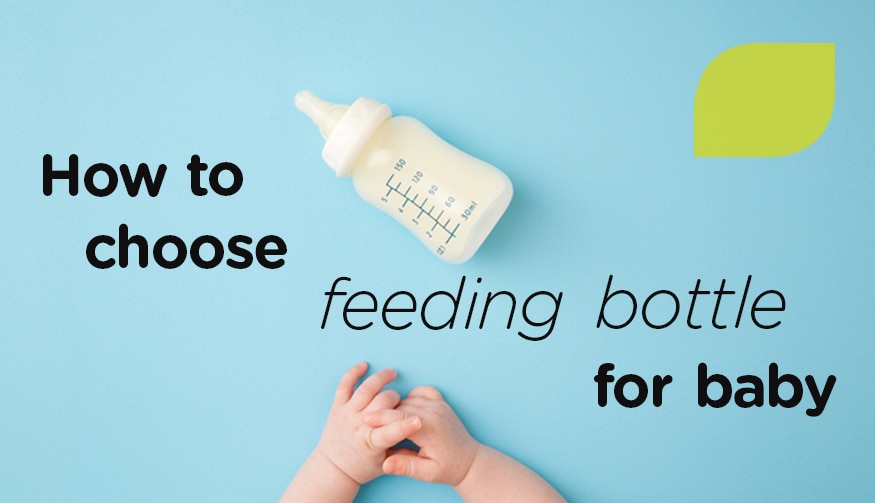No matter you are pumping your own breast milk or feeding your baby formula, a bottle is a necessary baby care product to bottle-feeding your baby. There are actually so many options in the market. We are here to help consider the right bottle for your baby.
Material
There are many different materials for the baby bottles. The typical materials are glass, plastic or silicone. Some parents love glass bottles as it is durable. But they’re also heavier, more expensive, and breakable. For the plastic bottles, it is the most common material for baby bottles. It’s lightweight, shatterproof and inexpensive. But it may contain BPA or bisphenol A that are the potentially harmful substance for baby. For the Silicone bottles, it is made from food-grade silicone, BPA-free, flexible, and lightweight.

Nipples Flow
Nipples also come in different levels for flow rates. The slowest nipples (stage 1) are made for newborns. Move up to faster flows when your baby seems to be struggling to get milk out of the bottle.

Size
The smaller sizes of baby bottles are about 4-5 ounces and the larger sizes are 8-10 ounces. You can start with small bottles first and switch to bigger ones around four months.

Bottle Shapes
There are 3 common shapes for the feeding bottle: standard, angled, wide-neck. For the standard bottle, it is straight-necked and fit into most bottle warmers and cupholders and it is easy to fill and clean. For angled bottle, it has a curved neck that reduces the amount of air your baby swallows. For the wide-neck bottles, it is a wider nipple that mimic human ones and can help reduce nipple confusion in breastfed babies.







